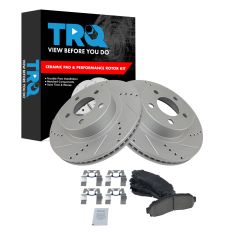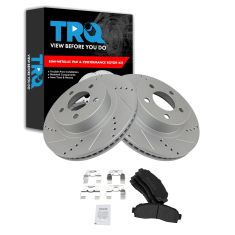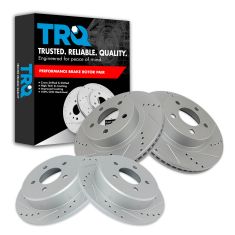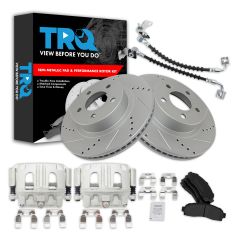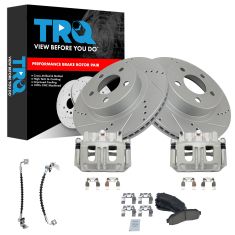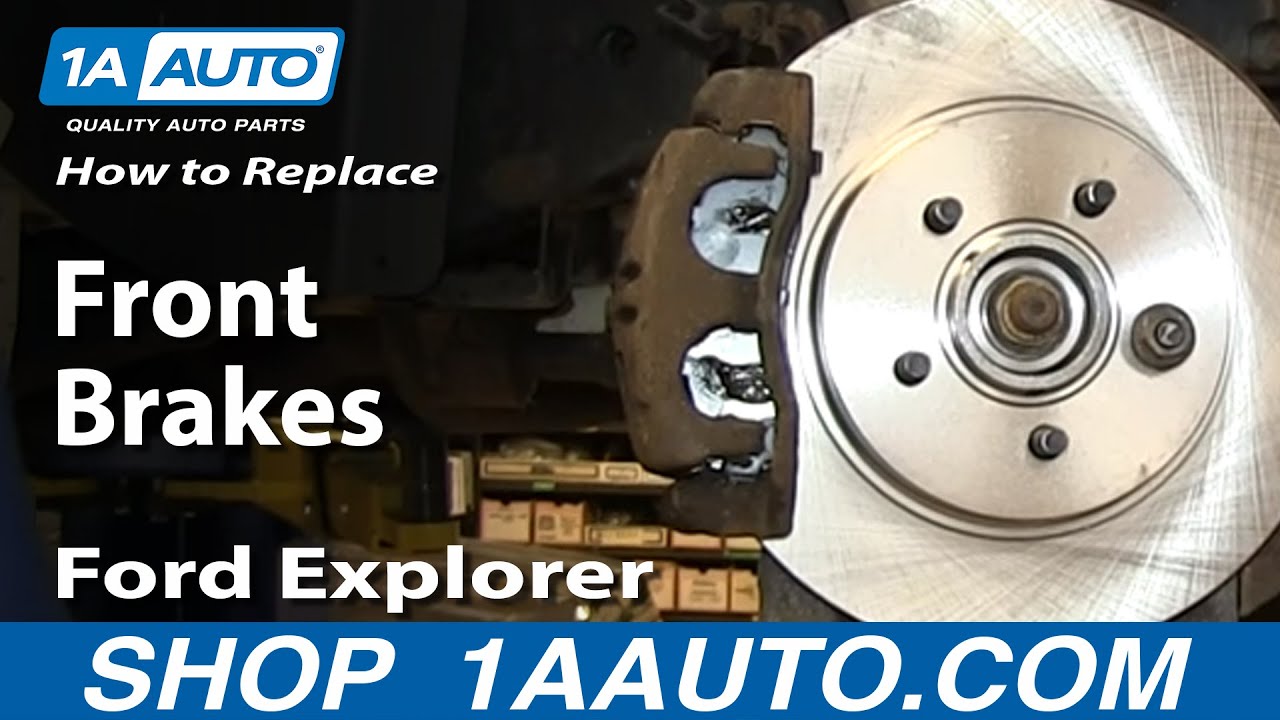1APBR01219-Ford Mazda Front Driver & Passenger Side 2 Piece Premium G-Coated Performance Brake Rotor Set TRQ Performance BRA74953
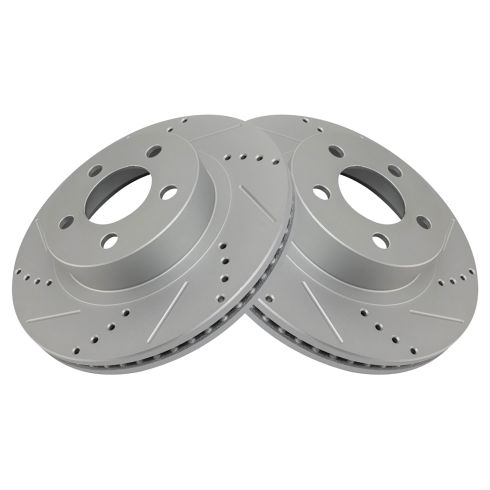


Replaces
2001 Ford Explorer Sport Trac 4 Wheel Drive Front Driver & Passenger Side 2 Piece Premium G-Coated Performance Brake Rotor Set TRQ Performance BRA74953


Product Reviews
Loading reviews
There are no reviews for this item.
Customer Q&A
Is there a break in procedure?
August 9, 2024
10
Here is a standard bedding procedure for breaking in your new brake pads and rotors
Accelerate to around 30 mph, then moderately brake to a near stop. Do this 3-4 times. Dont come to a complete stop.
Accelerate to around 50 mph, then aggressively brake to a near stop. Do this 4-6 times. Dont come to a complete stop.
Drive around for 1-2 miles braking as little as possible to cool the brakes down.
Take your vehicle out for a long drive (while remaining in the remote area).
Avoid hard braking for the first 100 miles of driving.
August 10, 2024
Kemal S
Ford is a registered trademark of Ford Motor Company. 1A Auto is not affiliated with or sponsored by Ford or Ford Motor Company.
See all trademarks.








